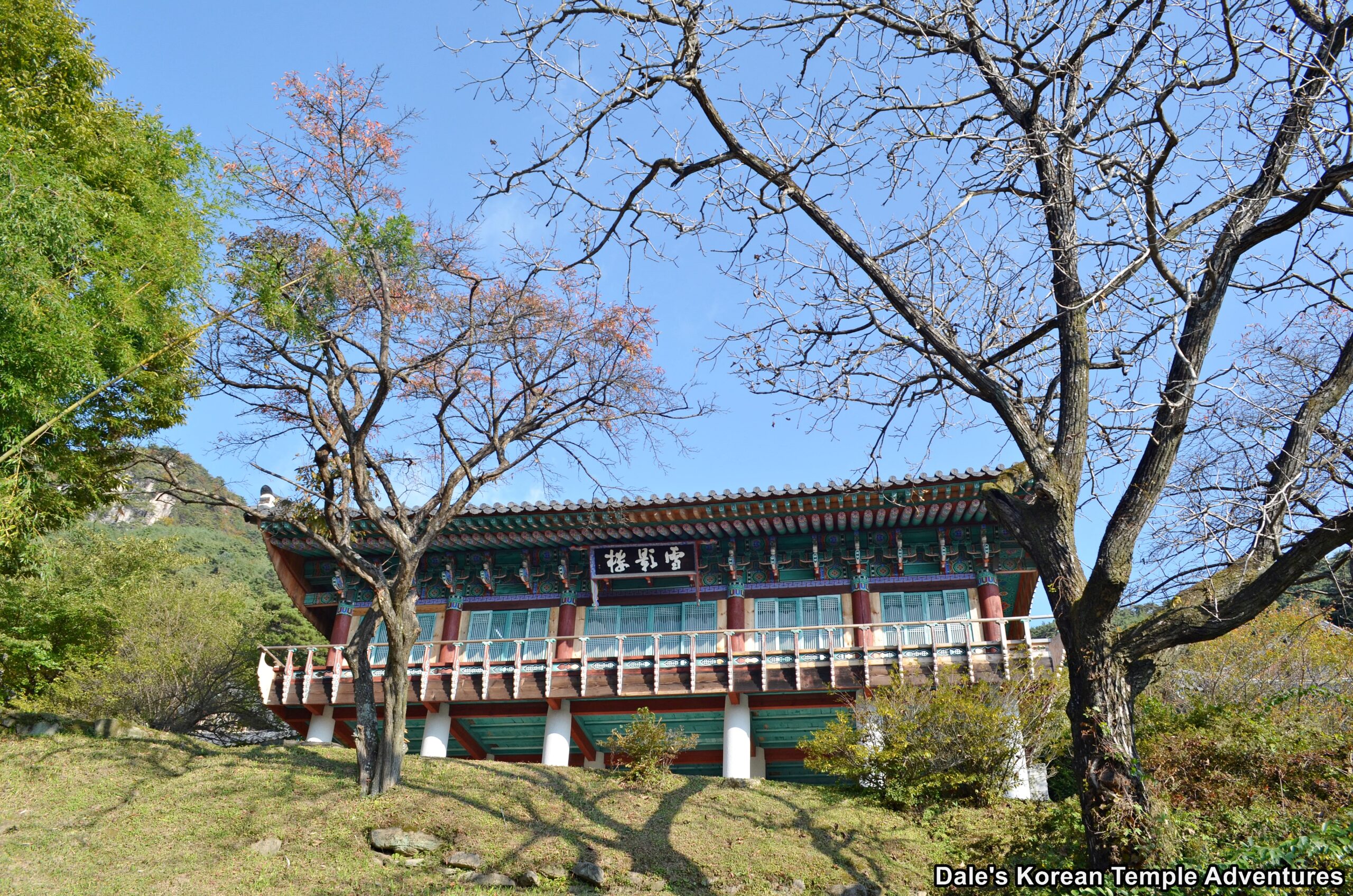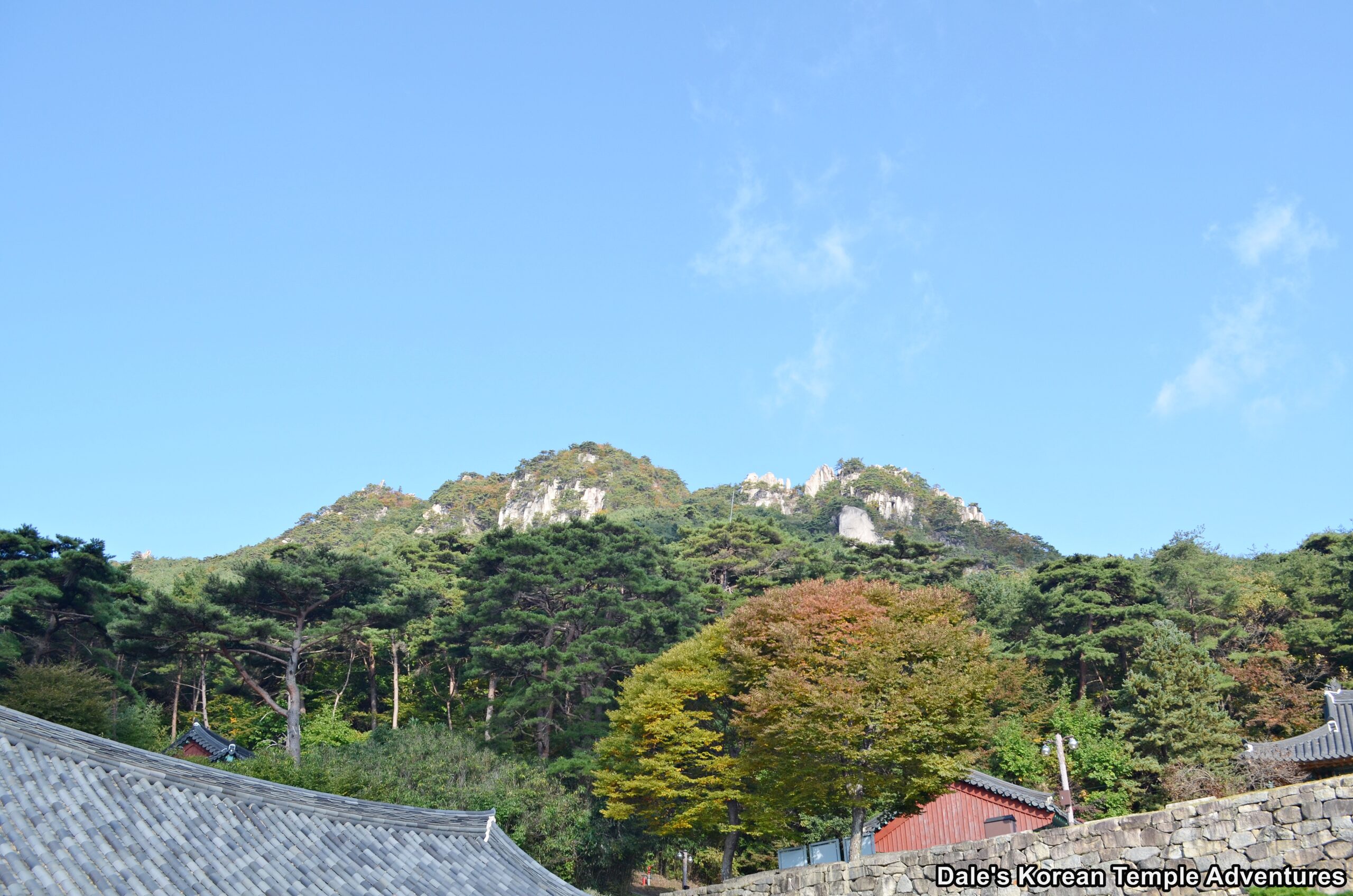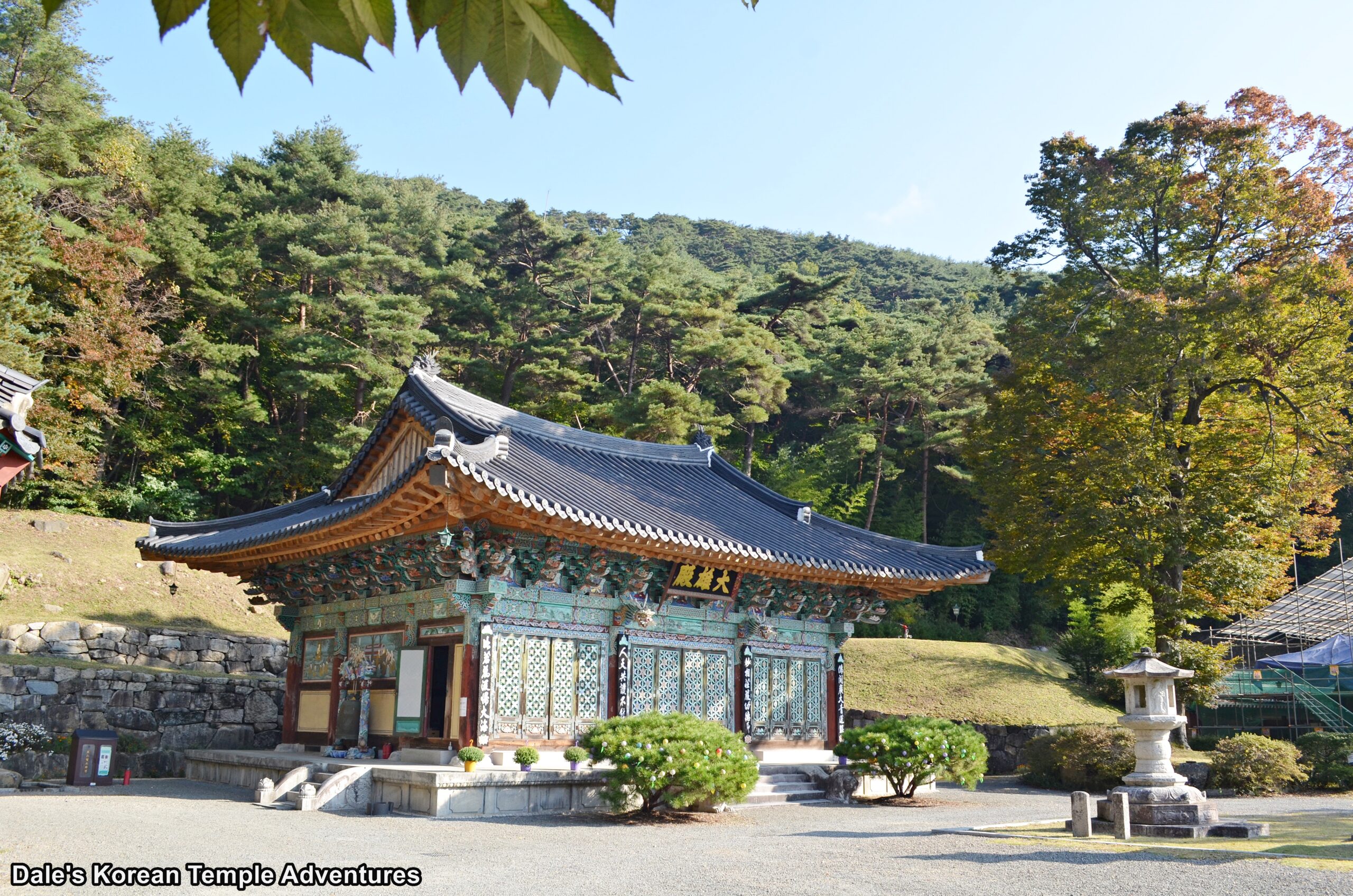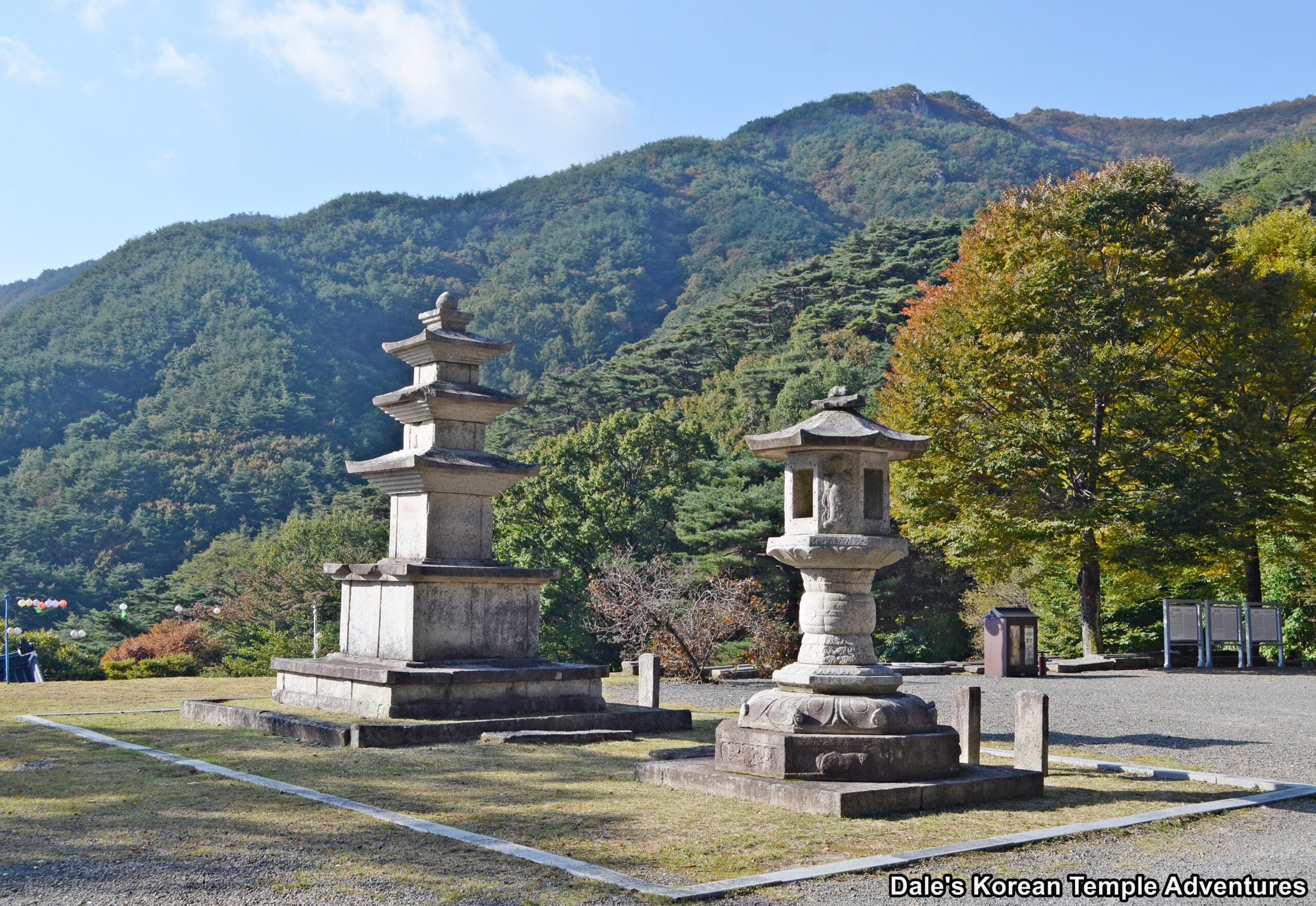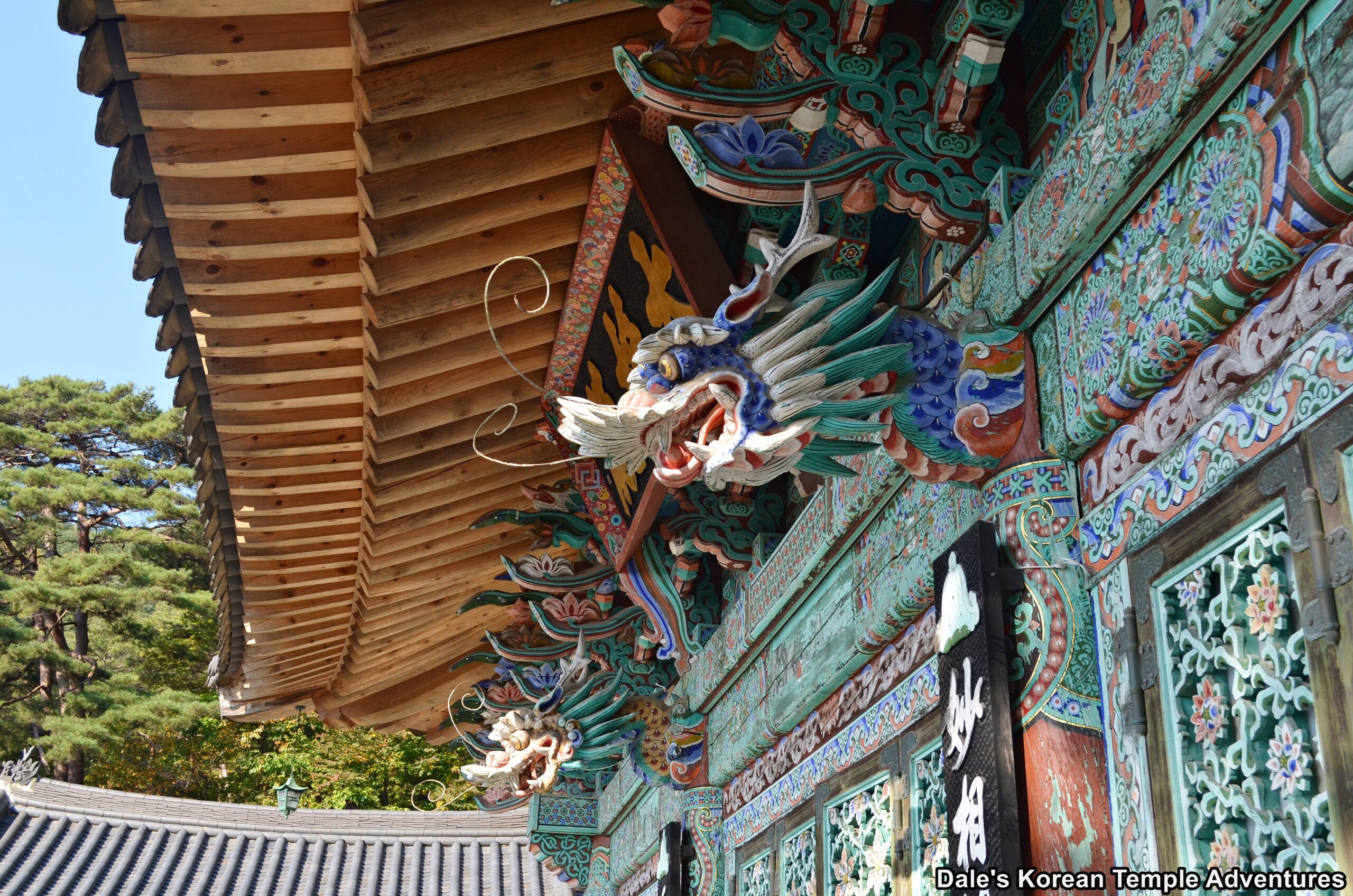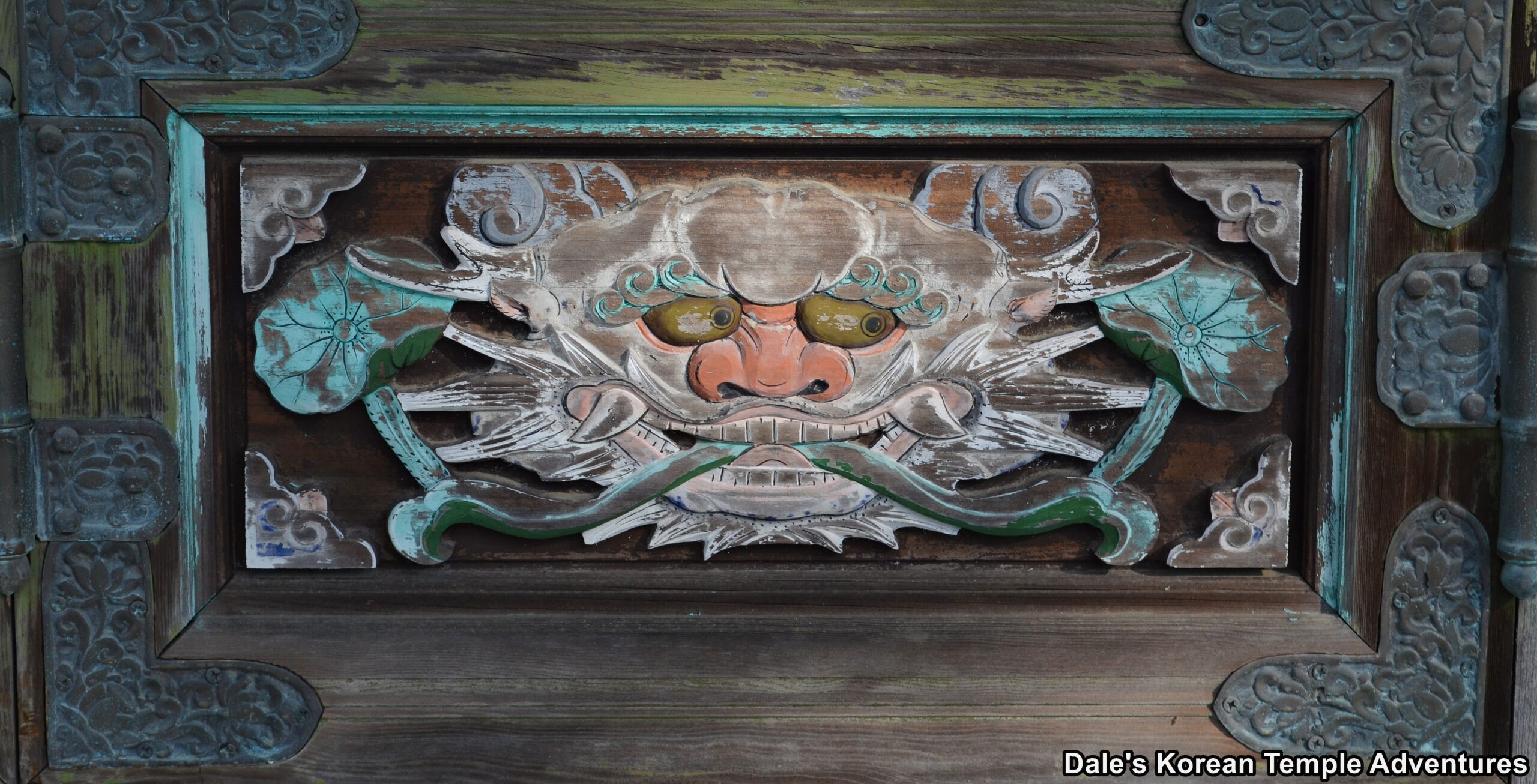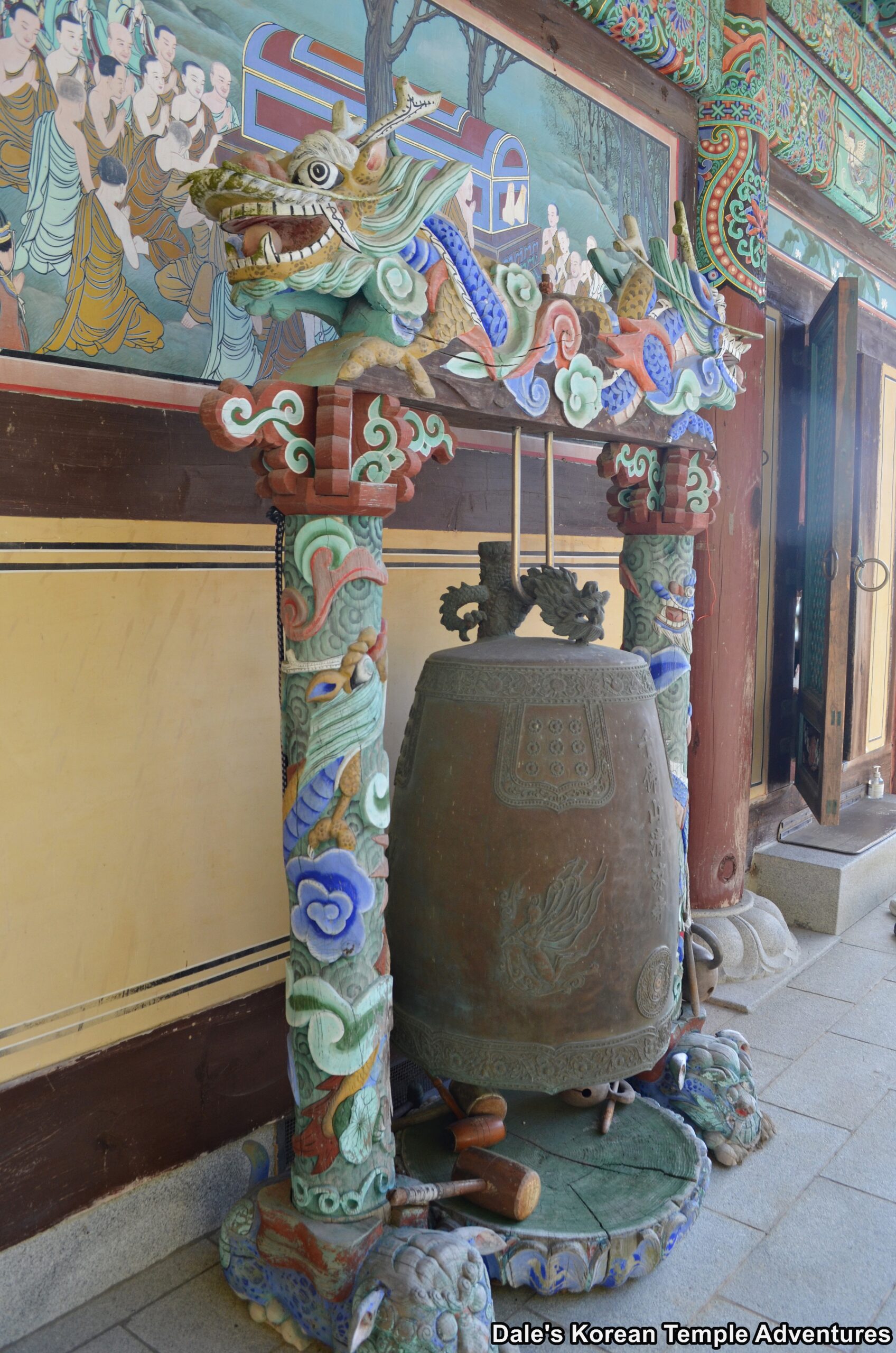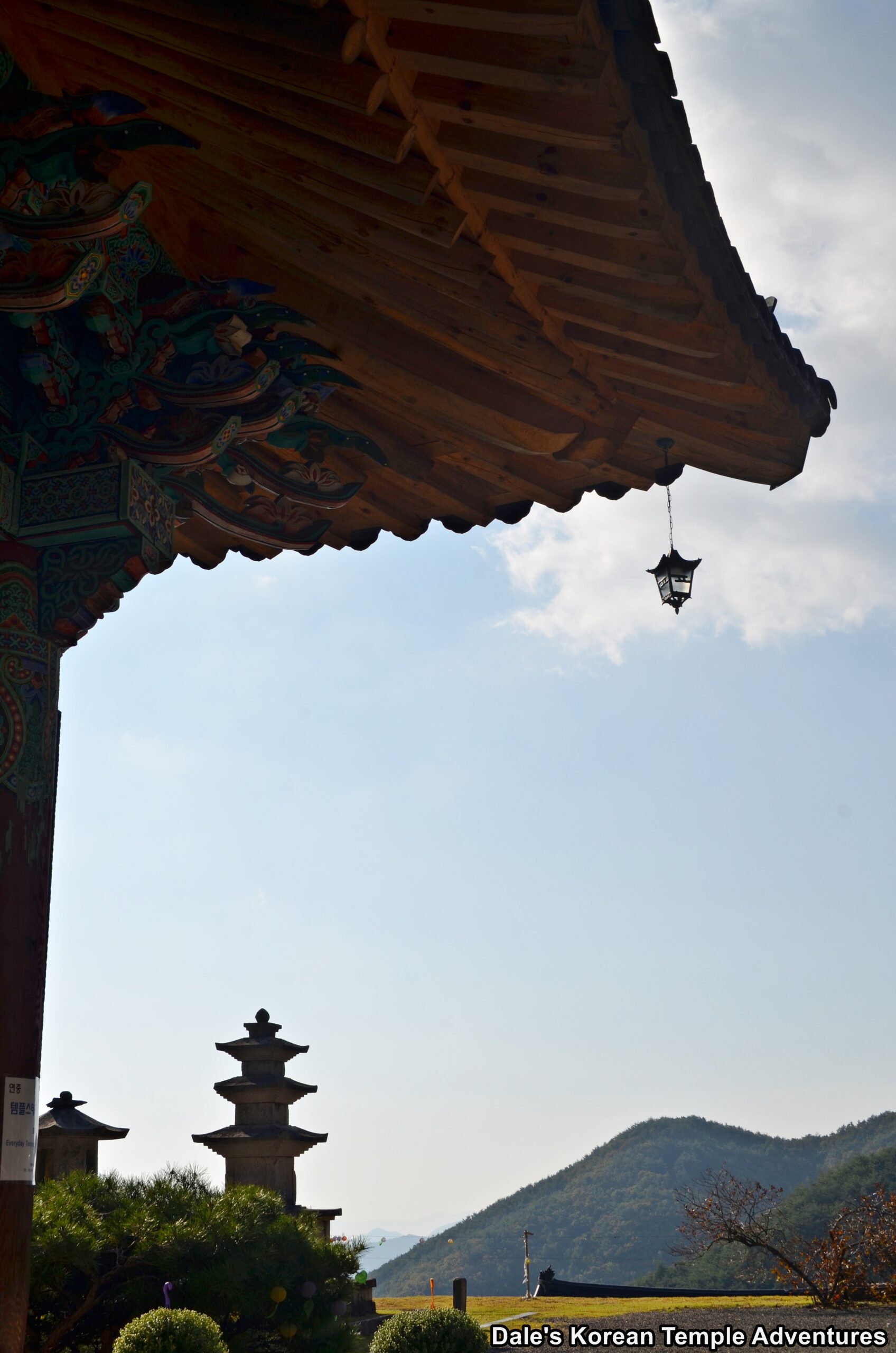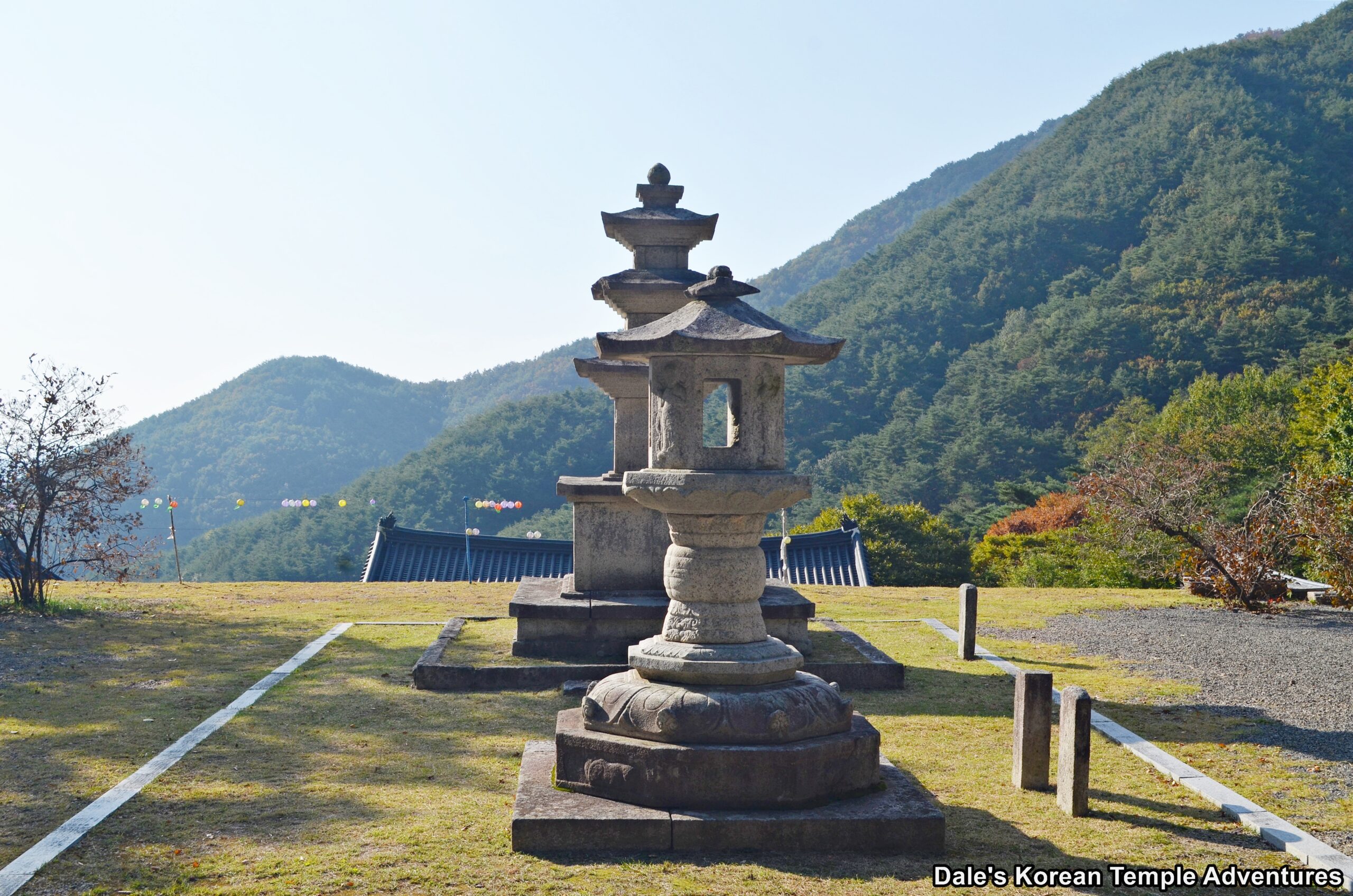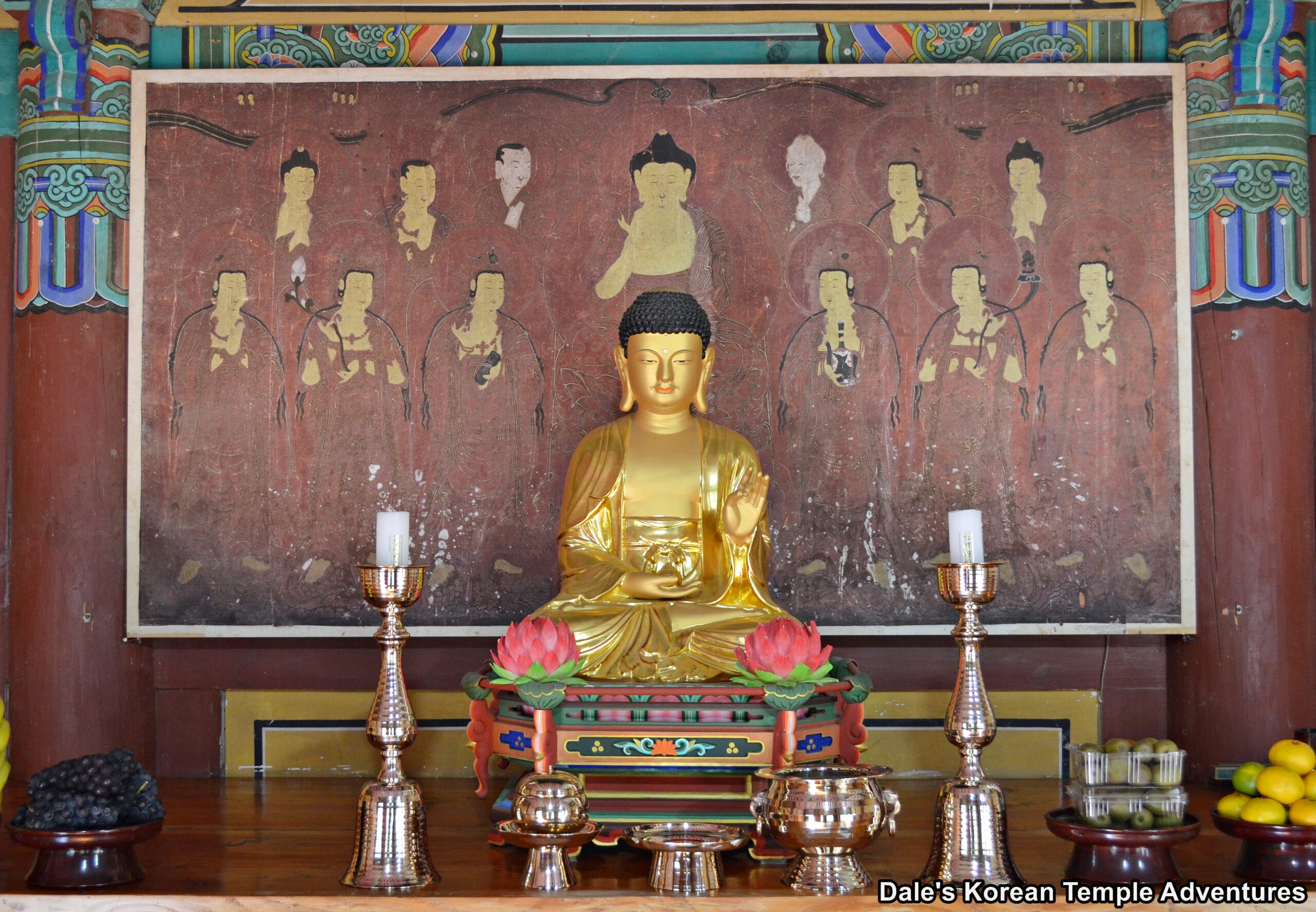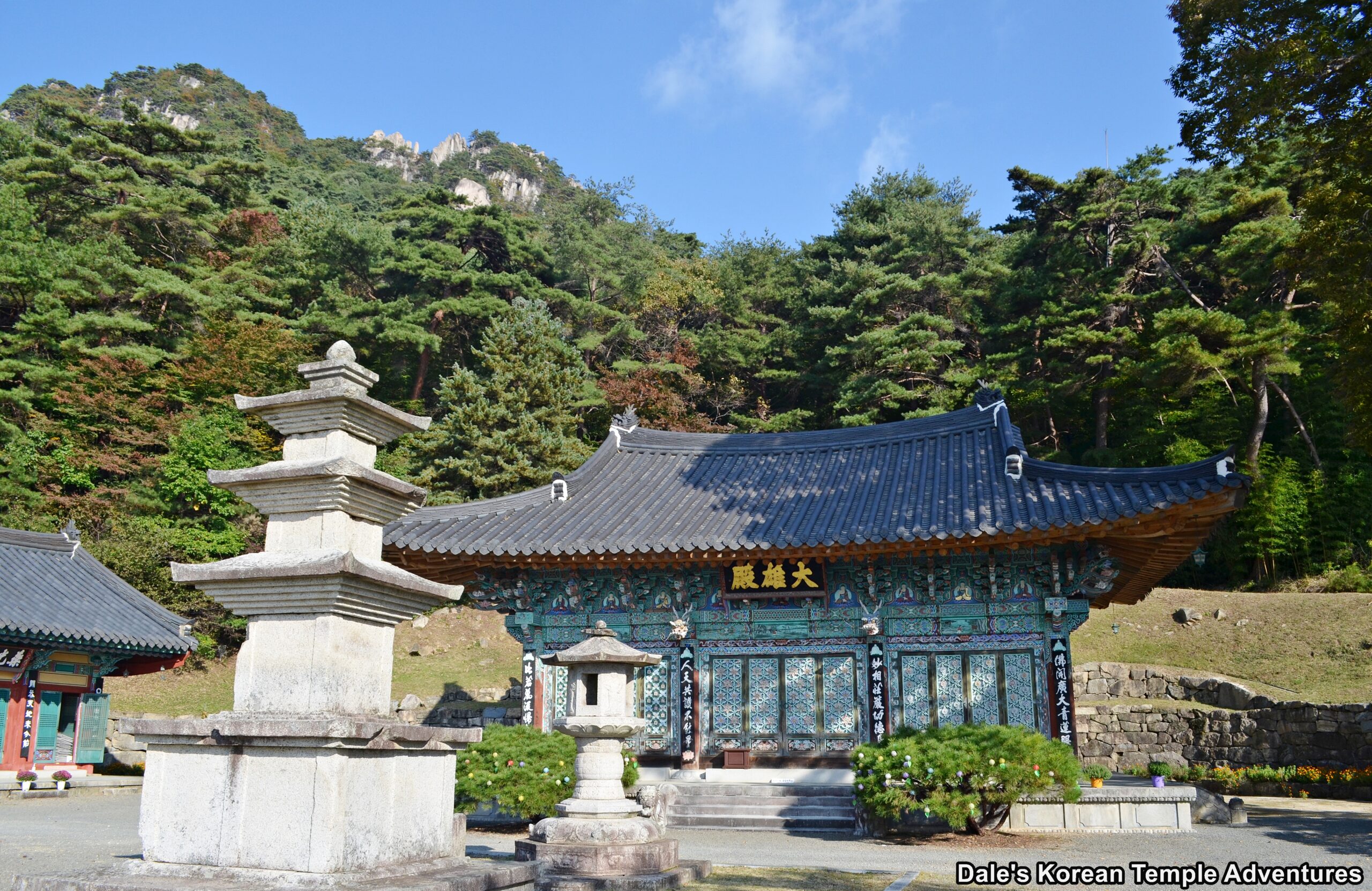Cheongnyangsa Temple – 청량사 (Hapcheon, Gyeongsangnam-do)
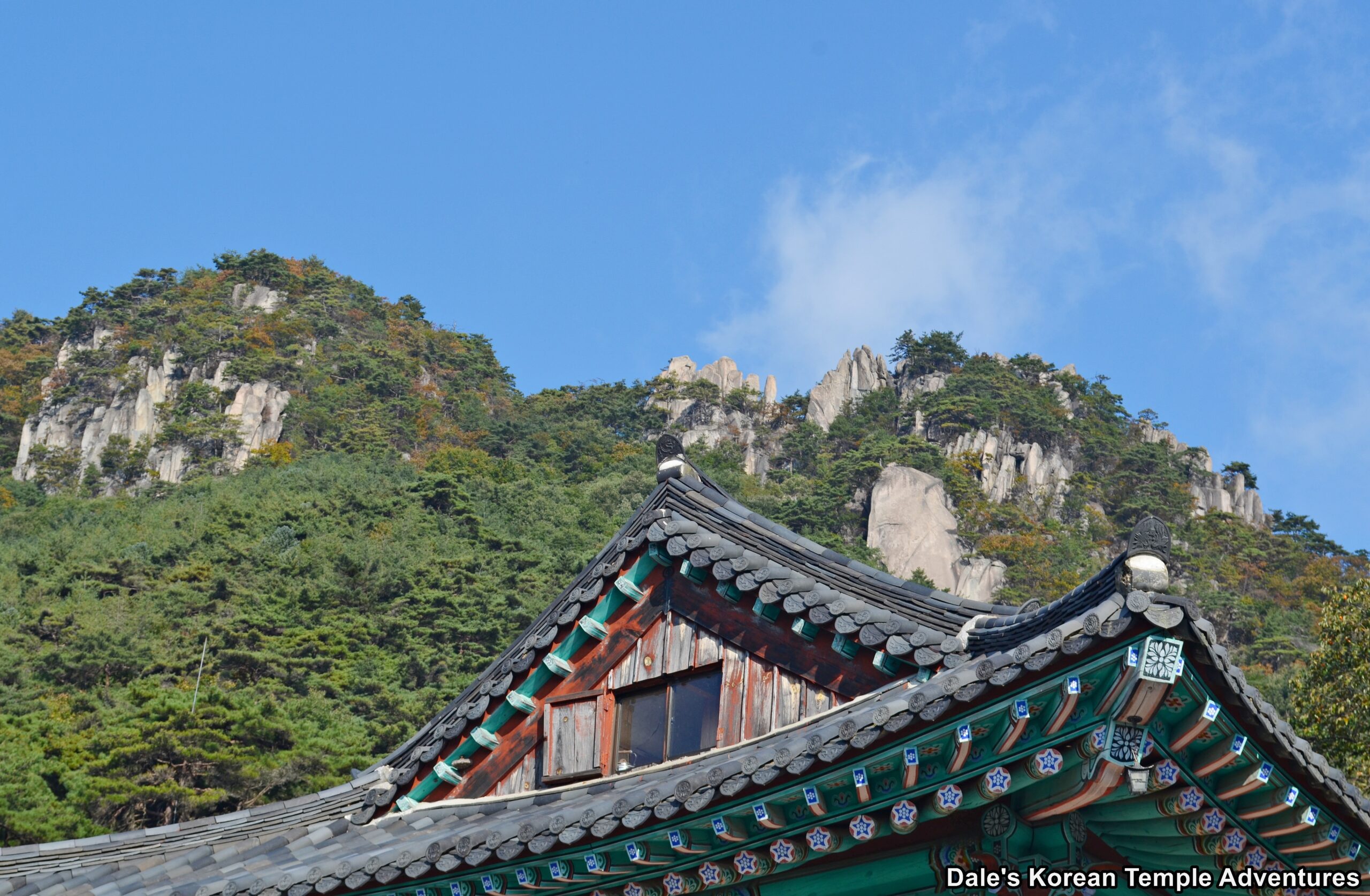
Temple History
Cheongnyangsa Temple is located at the entrance of Gaysasan National Park below Namsan Jeilbong Peak (1,054.3 m) in Hapcheon, Gyeongsangnam-do. The exact date of the temple’s foundation is unknown. However, there is a record about the temple from the “Samguk Sagi,” or the “History of the Three Kingdoms” in English. According to the “Samguk Sagi,” Choi Chiwon (857 A.D. – 10th century), the philosopher, poet and calligrapher stayed at Cheongnyangsa Temple. As a result, it can be surmised that the temple was built before Choi Chiwon’s visit sometime during the Silla Dynasty (57 B.C. – 935 A.D.).
According to an oral tradition, the temple was built before Haeinsa Temple, which was first built in 802 A.D. With that being said, the temple was closed for a long period of time after fallling into disrepair. It was only much later, and in 1811, that Cheongnyangsa Temple was rebuilt by the monk Hoeeun. And more recently, the temple has been renovated and rebuilt, once more, by the the abbot of the temple, Gyeongam.
In total, Cheongnyangsa Temple is home to three Korean Treasures. They are the “Stone Lantern of Cheongnyangsa Temple,” which is Korean Treasure #253; the “Stone Seated Buddha of Cheongnyangsa Temple,” which is Korean Treasure #265; and the “Three-Story Stone Pagoda of Cheongnyangsa Temple,” which is Korean Treasure #266.
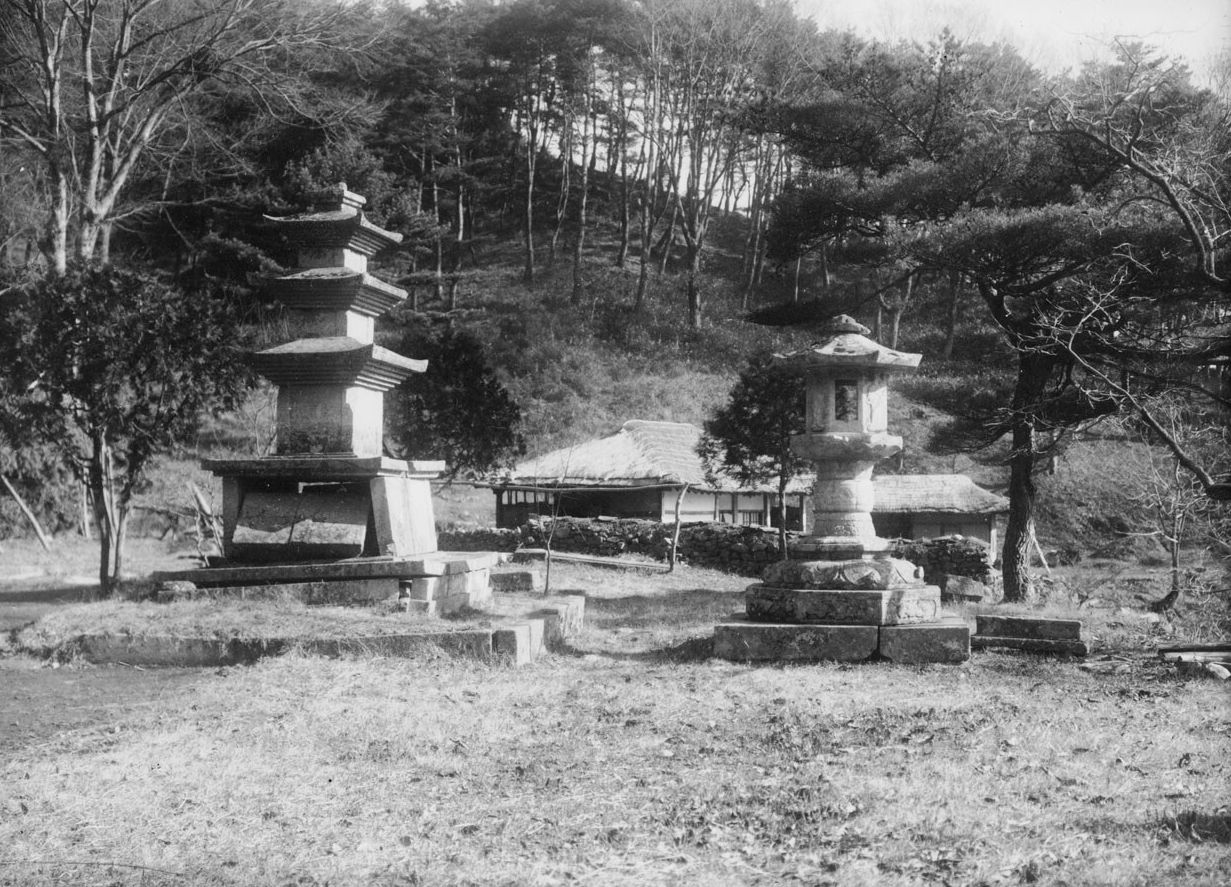
Temple Layout
You first approach Cheongnyangsa Temple up a side-winding mountain road, until you eventually arrive at the temple parking lot. The mountain is filled with cultivated land for the temple. First approaching the temple, you’ll notice the Boje-ru Pavilion, which is beautifully framed by the craggy rock faces of Namsan Jeilbong Peak. Passing through the first floor of the Boje-ru Pavilion, which acts as the entry to the temple grounds, you’ll find yourself in the lower temple courtyard at Cheongnyangsa Temple. To your right is the administrative offices for the temple, and to your left are the monks’ dorms. To your rear is the second story to the Boje-ru Pavilion that you first passed under. This area is used for both larger lectures and as a place to relax and talk. Straight ahead of you, on the other hand, and rather strangely, is a large stone retaining wall. Perhaps at one point there were stairs that existed that allowed you to easily pass from the lower to upper courtyard at Cheongnyangsa Temple; now, however, there is simply a stone pathway that twists and turns at the base of the retaining wall, until you eventually make your way up to the upper courtyard.
From where you’re first standing, and before walking any further into the upper courtyard, if you look back, you’ll enjoy a beautiful view down the valley and the mountain peaks of Mt. Gayasan off in the distance. Entering the upper courtyard, you’ll notice a pair of stone monuments. The first is the “Three-Story Stone Pagoda of Cheongnyangsa Temple.” The pagoda is typical of Silla-era pagodas, and it also appears to date back to the 9th century. The pagoda consists of a two-tiered foundation comprised of a base and pedestal. There is a large granite platform surrounding the base of the pagoda. This platform consists of four stone blocks. The upper part of the base is turned upward at the four corners. In total, the pagoda stands three-stories in height. The entire body, including the roof stones, are made from a single piece of stone. The eaves of the roof stones are curved upward. Of the finial, only the base still remains. In total, the pagoda stands 4.85 metres in height. Overall, the pagoda is both well-balanced and well-preserved. In 1958, a round sari (crystallized remains) chamber was found inside the third roof stone during the pagoda’s repair.
Standing directly behind the stone pagoda is the “Stone Lantern of Cheongnyangsa Temple.” This stone lantern rests atop an octagonal pedestal. It has an hourglass-shaped support column, an octagonal light chamber, and a capstone. This lantern is especially decorative. The lower part of the pedestal is decorated with circular patterns with a lion in them, while the other parts of the lower pedestal is covered with lotus and floral patterns. The central column to the stone lantern is hourglass in shape. There are four windows surrounding the light chamber with the images of the Four Heavenly Kings carved between these windows. As for the finial atop the capstone, only two stones still remain. The style of the stone lantern is from the Silla Dynasty (57 B.C. – 935 A.D.). And judging from the carving style, it appears as though the stone lantern dates back to the late 9th century. The “Stone Lantern of Cheongnyangsa Temple” is Korean Treasure #253.
Behind these two beautiful stone monuments stands the temple’s Daeung-jeon Hall. The front of the main hall is adorned with mischievous Gwimyeon (Monster Masks) at the base of the beautiful floral latticework. And on either of the shrine hall’s signboard are two large dragon heads with bulging eyes. Surrounding the exterior walls of the Daeung-jeon Hall are a pair of paintings. The larger, lower set is the Palsang-do (The Eight Scenes from the Buddha’s Life). The smaller, upper set near the eaves of the structure are the Shimu-do (Ox-Herding Murals). And just outside the left entryway door is a beautiful double dragon support that carries the weight of the temple’s bronze bell. If you look down, you’ll notice that the legs of the double dragon support are adorned with wooden carvings of Gwimyeon, as well.
Stepping inside the Daeung-jeon Hall, you’ll notice the rather large “Stone Seated Buddha of Cheongnyangsa Temple.” Like the other two stone monuments at Cheongnyangsa Temple, this image of the Buddha, Seokgamoni-bul (The Historical Buddha), is believed to date back to the 9th century. This statue is complete with the whole body, pedestal and mandorla intact. The Buddha is adorned with curly hair. It also has a plump round face, and the ears are elongated, while the neck clearly has three wrinkles on it. The shoulders and chest are both round and strong as are the arms. The robe covers the left shoulder of the Buddha, and it has simple thin folds to it. The mandorla that surrounds the entire body of the Buddha is boat-like in shape. Around the head, you’ll notice fiery images, as well as Bicheon (Flying Heavenly Deities), carved around the edges of the mandorla. As for the square pedestal that supports the entire weight of the “Stone Seated Buddha of Cheongnyangsa Temple,” it’s divided into the top, middle, and bottom. The middle part is square with two Boddhisattvas adorning it on either side. The bottom portion has a panel adorned with lotus flower designs. And below that, you can see two of the Eight Legions found in Korean Buddhism. The rest of the interior of the Daeung-jeon Hall is filled with vibrant murals dedicated to Seokgamoni-bul (The Historical Buddha).
To the right of the Daeung-jeon Hall, you’ll find a building under construction. And to the left of the main hall is the Geukrak-jeon Hall. The exterior walls are adorned in traditional dancheong colours. Stepping inside this temple shrine hall, you’ll find a solitary image of Amita-bul (The Buddha of the Western Paradise) on the main altar. To the left of the main altar is a modern Shinjung Taenghwa (Guardian Mural). While to the right of the main altar, you’ll find an equally modern mural dedicated to Jijang-bosal (The Bodhisattva of the Afterlife).
How To Get There
From the Haeinsa Intercity Bus Terminal, you’ll need to catch a taxi to get to Cheongnyangsa Temple. The taxi ride should take about 15 minutes over 7.6 km, and it’ll cost you 12,300 won (one way).
Overall Rating: 7/10
Anytime a temple has three Korean Treasures, it rates rather highly. The stone lantern is stunning, the three-story pagoda is beautiful, and the seated image of the Buddha is inspiring, but that’s almost all there is. The Daeung-jeon Hall has beautiful artwork adorning its walls both inside and out, and the view from the temple is gorgeous, but there are only two temple shrine halls to explore. So keep that in mind when you visit this mountainside temple.
